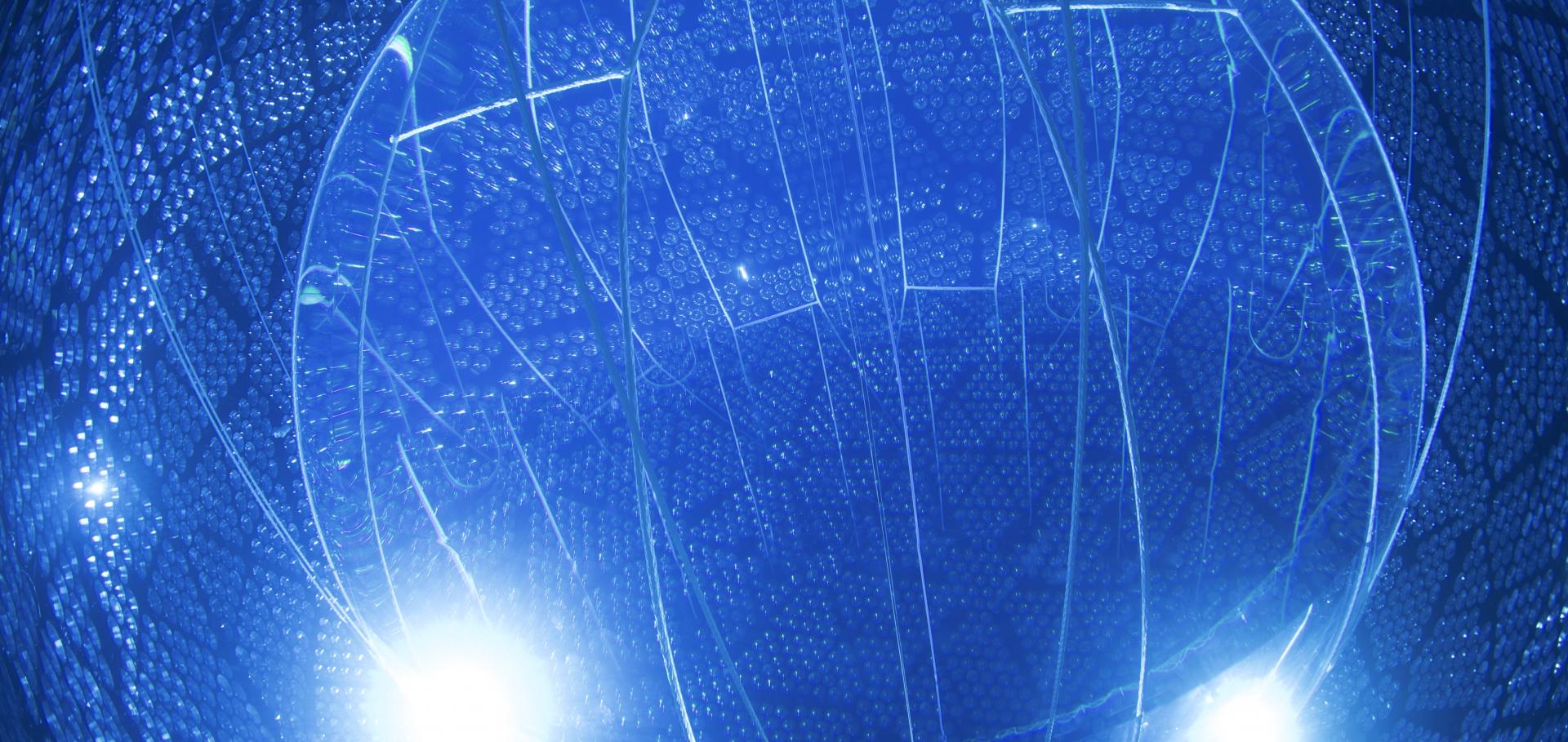Cosmogenic neutron production at the Sudbury Neutrino Observatory
PHYSICAL REVIEW D 100:11 (2019) ARTN 112005
Abstract:
© 2019 authors. Published by the American Physical Society. Published by the American Physical Society under the terms of the "https://creativecommons.org/licenses/by/4.0/" Creative Commons Attribution 4.0 International license. Further distribution of this work must maintain attribution to the author(s) and the published article's title, journal citation, and DOI. Neutrons produced in nuclear interactions initiated by cosmic-ray muons present an irreducible background to many rare-event searches, even in detectors located deep underground. Models for the production of these neutrons have been tested against previous experimental data, but the extrapolation to deeper sites is not well understood. Here we report results from an analysis of cosmogenically produced neutrons at the Sudbury Neutrino Observatory. A specific set of observables are presented, which can be used to benchmark the validity of geant4 physics models. In addition, the cosmogenic neutron yield, in units of 10-4 cm2/(g·μ), is measured to be 7.28±0.09(stat)-1.12+1.59(syst) in pure heavy water and 7.30±0.07(stat)-1.02+1.40(syst) in NaCl-loaded heavy water. These results provide unique insights into this potential background source for experiments at SNOLAB.Multi-site event discrimination in large liquid scintillation detectors
Nuclear Instruments and Methods in Physics Research Section A: Accelerators, Spectrometers, Detectors and Associated Equipment Elsevier 943 (2019) 162420
Abstract:
Simulation studies have been carried out to explore the ability to discriminate between single-site and multi-site energy depositions in large scale liquid scintillation detectors. A robust approach has been found that is predicted to lead to a significant statistical separation for a large variety of event classes, providing a powerful tool to discriminate against backgrounds and break important degeneracies in signal extraction. This has particularly relevant implications for liquid scintillator searches for neutrinoless double beta decay (0νββ) from 130Te and 136Xe, where it is possible for a true 0νββ signal to be distinguished from most radioactive backgrounds (including those from cosmogenic production) as well as unknown gamma lines from the target isotope.Measurement of neutron production in atmospheric neutrino interactions at the Sudbury Neutrino Observatory
Physical Review D American Physical Society 99:11 (2019) 112007
Abstract:
Neutron production in giga electron volt–scale neutrino interactions is a poorly studied process. We have measured the neutron multiplicities in atmospheric neutrino interactions in the Sudbury Neutrino Observatory experiment and compared them to the prediction of a Monte Carlo simulation using genie and a minimally modified version of geant4. We analyzed 837 days of exposure corresponding to Phase I, using pure heavy water, and Phase II, using a mixture of Cl in heavy water. Neutrons produced in atmospheric neutrino interactions were identified with an efficiency of 15.3% and 44.3%, for Phases I and II respectively. The neutron production is measured as a function of the visible energy of the neutrino interaction and, for charged current quasielastic interaction candidates, also as a function of the neutrino energy. This study is also performed by classifying the complete sample into two pairs of event categories: charged current quasielastic and non charged current quasielastic, and νμ and νe. Results show good overall agreement between data and Monte Carlo for both phases, with some small tension with a statistical significance below 2σ for some intermediate energies.Search for invisible modes of nucleon decay in water with the SNO+ detector
Physical Review D American Physical Society 99:3 (2019) 032008
Abstract:
This paper reports results from a search for nucleon decay through invisible modes, where no visible energy is directly deposited during the decay itself, during the initial water phase of SNO+. However, such decays within the oxygen nucleus would produce an excited daughter that would subsequently deexcite, often emitting detectable gamma rays. A search for such gamma rays yields limits of 2.5×1029 y at 90% Bayesian credibility level (with a prior uniform in rate) for the partial lifetime of the neutron, and 3.6×1029 y for the partial lifetime of the proton, the latter a 70% improvement on the previous limit from SNO. We also present partial lifetime limits for invisible dinucleon modes of 1.3×1028 y for nn, 2.6×1028 y for pn and 4.7×1028 y for pp, an improvement over existing limits by close to 3 orders of magnitude for the latter two.Constraints on neutrino lifetime from the Sudbury Neutrino Observatory
Physical Review D American Physical Society (APS) 99:3 (2019) 032013


